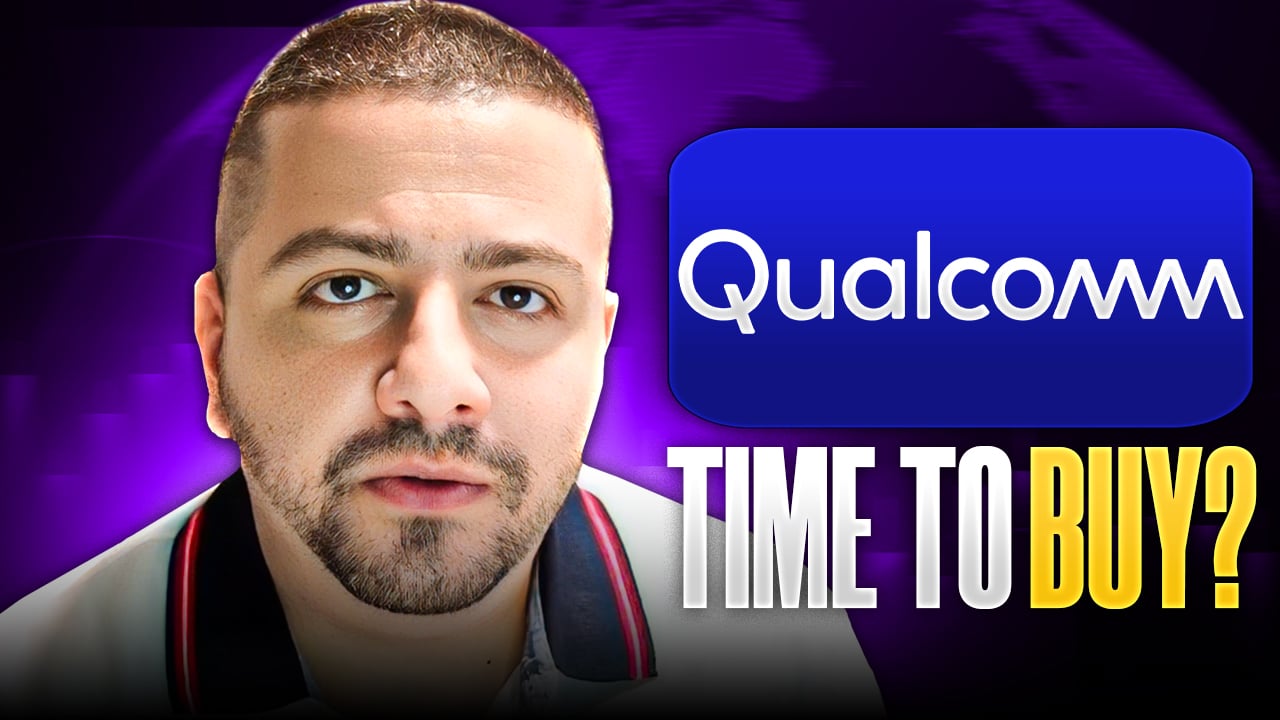Qualcomm (QCOM +1.13%) is a hidden treasure. I call it hidden because, as shown in the diagram below, there are layers of companies between this chipmaker and its end user. So while we often say the Apple iPhone's interface is enhanced, a Samsung camera is better, and the new iPad is faster, we actually mean the technology these manufacturers use is superior.

I call it a treasure because the company has a phenomenal business model and an established position, which can reward its investors for years to come.
Let me go deeper to discuss what makes Qualcomm a great investment.
- Global leader: Qualcomm as of 2013 had a 54% share in the smartphone processor market. The next two players, Apple and MediaTek, had market shares of 16% and 10%, respectively.
- High and improving margins: Given some uncertainty regarding the company's ability to collect licensing fees in emerging markets, it is prudently expanding its revenue and margins in CDMA technology, as shown in the table below.
|
Revenue Segment |
Profit margin |
Revenue | ||||
|---|---|---|---|---|---|---|
|
2014 |
2013 |
2012 |
2014 |
2013 |
2012 | |
|
CDMA Technology |
20.4% |
19.1% |
18.9% |
70.5% |
67.2% |
63.5% |
|
Licensing |
87.1% |
87.2% |
88.3% |
28.6% |
30.4% |
33.1% |
Source: S&P Cap IQ.
- Cash-cow business: The company converts 24% of its revenue into cash. No wonder it has a cash reserve of $17 billion with zero debt, according to S&P Capital IQ. This all gives Qualcomm significant flexibility in spending on innovation, acquisitions, and expansion.
- Wide moat: Qualcomm invented CDMA, so it collects royalties from any company that decides to use 3G technology in mobile phones. With the increasing need for speed and data transfer, CDMA is slowly becoming a top choice. The company also holds a decent number of patents in 4G-LTE technology and a lead position in research. Since most 4G-enabled devices are backward-compatible with 3G, Qualcomm will continue to earn royalty fees on new handsets. Furthermore, it is working toward developing a pure LTE-based handset that can handle voice and data and does not need any CDMA connection. Any innovation is an additional boon to an already wide moat.
- A unique combination of growth and dividend: Thanks to its money-spinning business model, Qualcomm has raised its dividend at an annualized rate of 18% for the last five years. Its current yield is 2.3%. But do not mistake this for the usual mature company that prefers to distribute cash because there is a low scope of growth. In this case, I think tomorrow's growth story will be even brighter than yesterday's:
- In four years, 3G/4G connections are expected to increase by 15%.
- In 2013, nearly 1 billion smartphones were shipped globally, representing a year-over-year increase of more than 40%, and over 8 billion smartphone shipments are expected between 2014 and 2018. If I distribute the growth equally among chipmakers, that would be 30% growth annually for the company.
- Data demand and usage are growing rapidly, so mobile operators are looking at a variety of methods to improve the performance and capacity of their networks, including using more efficient air-interface technologies (derived from the continued evolution of 3G/4G and Wi-Fi technologies).
- Smartphones are also becoming a single device for many needs, replacing individual electronic items such as digital cameras, video cameras, GPS, and music players.
- Work culture: Tech companies' most important resource is their people, so it is crucial to know what employees have to say about Qualcomm. The company has a 3.9 rating (out of five) on Glassdoor based on 1,777 reviews, and 82% of reviewers said they would recommend the company to their friends.
Foolish takeaway
Admittedly, Qualcomm is not available at a great price today. But as Warren Buffett says, it is better to buy a great company at a reasonable price than a reasonable one at a great price. Needless to say, Qualcomm falls in the first bracket.






